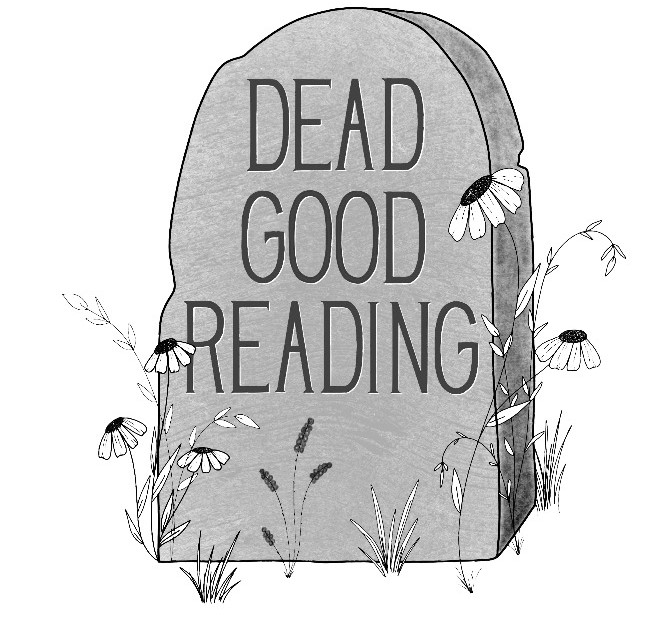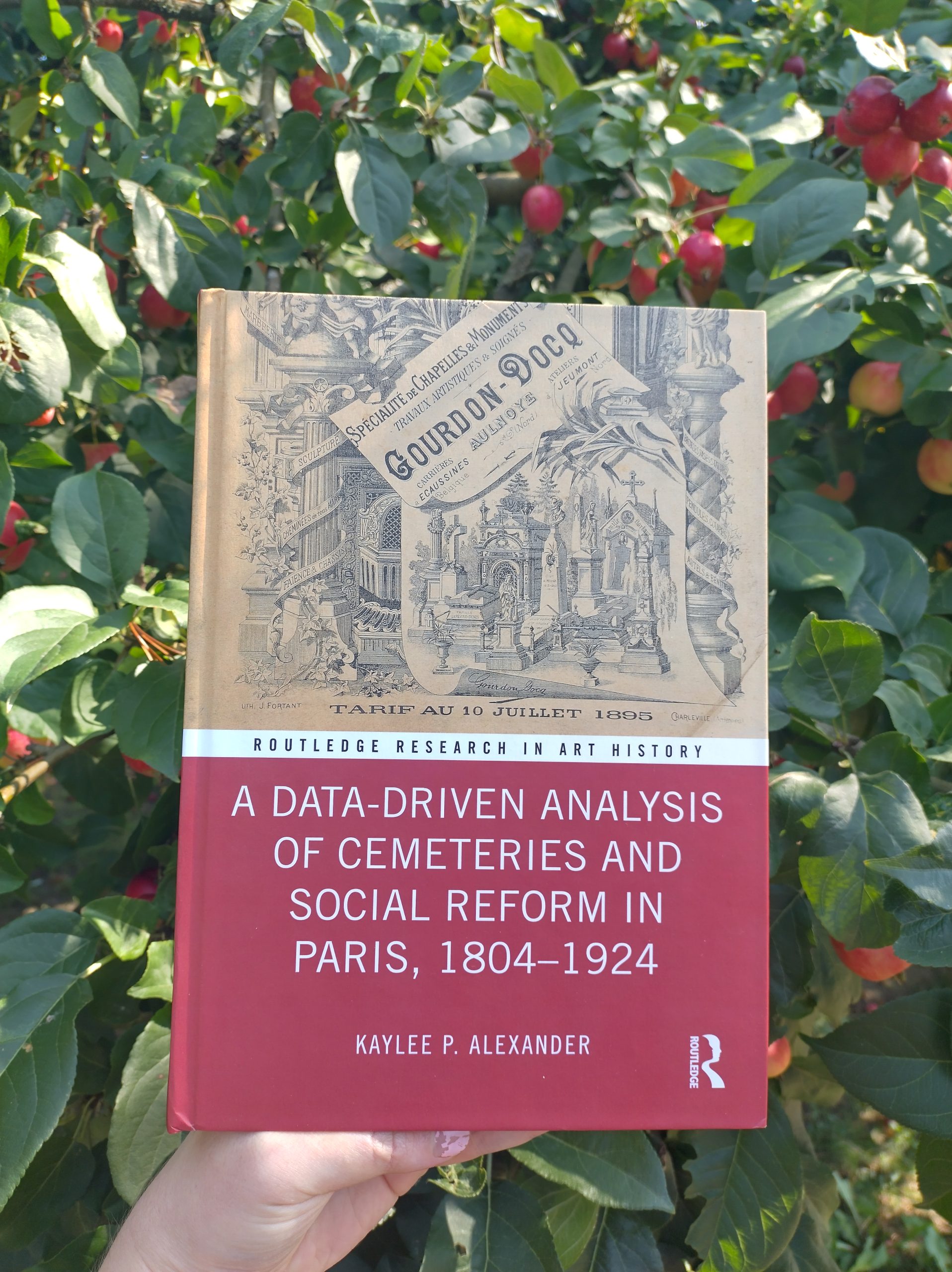Our eyes have been on Paris for the past couple of weeks. Every Olympics I discover sports I did not know existed (speed climbing, I’m looking at you). Every time I am in awe of people’s sportsmanship and amazed how well the Netherlands always seems to do in these events (Finland, sadly, took home zero medals). The 2024 Olympics made clear how the river Seine remains polluted. It has been prohibited for over a century to swim in the Seine due to it’s toxicity, yet attempts were made to clean the river for Open Water Swimming. These were not really successful. There were a plethora of news stories discussing the abhorrent state of the river Seine; Open Water swimmers were taking antibiotics as a precaution, and the mayor of Paris took a dip to proof its safety. Whilst the sewage and the Seine is an open secret, less is publicly know about the temporality of how Paris historically has dealt with their dead
As I was suffering from Olympics withdrawal, I emerged myself in Kaylee P. Alexander’s A data-driven analysis of cemeteries and social reform in Paris, 1804-1924. I found myself taken back to the Paris of a few centuries ago, and learned a lot about French cemeteries and funeral customs. Alexander is quick to point out the importance of so-called survivor bias; any study on material culture, any historical study, really, is biased by the things that remain. The artefacts and objects that are left behind. In the case of cemeteries, this means that the graves that are studied, are the graves that are visible. In many places in the world, however, graves are temporary. The tombs and monuments that remain visible to this day thus are a skewed sample of the actual amount of graves to have existed.
Burial reforms, the 23 Prairial, introduced in 1804 have made a long-lasting impact on French funerary customs, and their influence is noticeable to this day. Alexander eloquently guides us through the both content of these reforms as well as their social impact. Concerns over public health meant that cemeteries had to be situated outside the limits of the city and the world-famous Cimetière du Père-Lachaise, at least for a while, was outside the boundaries of the city. After 23 Prairial, people were buried for at least 5 years, the period believed it would take for the body to fully decompose, and it was assumed it would be be safe to use a plot for a new burial. People were buried in individual plots, a departure from the common mass graves, and were a stepping-stone to making individualism in burial important. Now, burial was made possible for everyone, yet mainly the wealthy were able to turn their plots into a perpetual burial sites that have survived the passing of time. Alexander predominantly focuses her analysis on Père-Lachaise and tries to uncover the history of many graves that no longer exist.
As the title suggest, Alexander’s book is very much data-driven and indeed very well researched. Historians always face the difficulty of incomplete data sets, and not being able to converse with the people they study, yet they can also misinterpret or interpret differently the data available. Oft cited French historian Ariès, famous for his works The Hour of our Death and Western Attitudes Towards death in which he outline his ideas around death mentalities, suggests that the 1804 burial reforms caused the rise of tombstone monuments in France. Alexander, however, demonstrates how this argument is flawed, as Ariès likely did not take into account the temporary burial spaces with temporary monuments. In other words, just because people were buried in temporal graves, this did not mean that there were no temporary tombstones on them.
The last time I visited Père-Lachaise I was 16 years old, and Alexander has made me long to return to Paris. Alexander takes us on a tour around the monuments, their likely shapes and sizes and shines a light on the Marbriers, or stonecutters, of Paris. If you want to know more about this profession, the role that social class plays in both the survival of graveyards and monuments, as well as the type of monument chosen, or if you are just a good-old taphophile than this is definitely the book for you! As it will take a while for Paris and I will meet again, browsing the photos included in A data-driven analysis of cemeteries and social reform in Paris, 1804-1924 are the next best thing.
Kaylee P. Alexander is an art and visual culture historian. To learn more about her and her work, visit her website. To order the book directly from the publisher click here.


Leave a Reply